Last updated on November 25th, 2023 at 04:23 pm
Kitchen Layout
How to Use This Guide
I will be breaking down endless kitchen layouts, while detailing their strengths, weaknesses and when to choose one layout over another. My goal for this article is not only to help you understand the characteristics of each layout, but to give you kitchen layout ideas that would work best for your ideal kitchen. If you haven't yet defined what your dream kitchen should look like, no worries, reading through this will help you nail down the characteristics of the layout you like to help define what your dream kitchen could look like. To do so, consider the things that are important to you when it comes to your kitchen and how you plan on using it over the years. Consider the style you like, the appliances you want, and the number of people it should accommodate. Identify your needs and preferences, like the amount of storage you need, the kind of meals you usually prepare, and the workflow that suits you best. Once you have some idea of these things you'll come across one, or even several, of the layouts that will work for you. Choose a layout that resonates most with your requirements and aesthetic preferences. Also, check out my kitchen design guide that focuses on the overall design architecture of a kitchen.
| TABLE OF CONTENT |
|---|
The history of kitchen layout design traces its roots back to the early 20th century, with the advent of the Frankfurt Kitchen. This design was a milestone in reinventing the traditional kitchen into a functional and efficient workspace, emphasizing ease of movement and accessibility. Its principles gradually evolved and gave rise to the standard kitchen layouts we know today. These layouts refer to the arrangement of elements — including appliances, countertops, and storage — within a kitchen space. They are designed to optimize functionality and efficiency in the kitchen, but today’s kitchen layouts also consider aesthetics, sustainable practices, and smart technologies.
Why Follow Traditional Layouts?
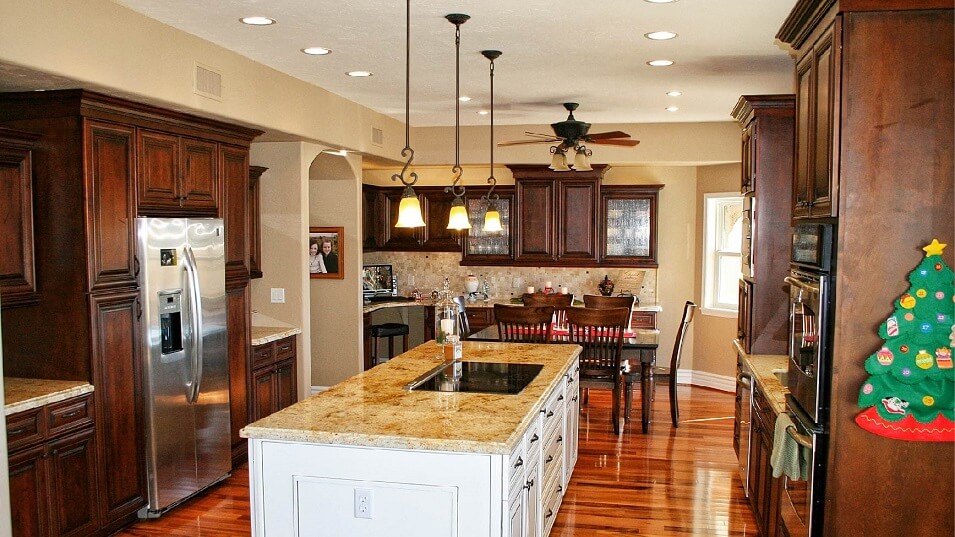
While the primary purpose of kitchen layouts centers around functionality, ensuring improved workflow and maximized utilization of space, they also play a significant part in the overall décor and aesthetic of the kitchen. The layout determines the positioning of appliances, storage, and work areas, which directly contributes to the kitchen’s functionality. It also influences the visual appeal and ambiance of the space. For example, a well-planned kitchen layout can enhance natural lighting, create an illusion of space, and incorporate thematic continuity with the home’s overall décor. Kitchen layouts straddle the line between functionality and décor, displaying an intricate interplay of both these elements.
Workflow and efficiency
Since kitchens must look good as well as function, following a base layout is ideal to achieving a kitchen that works with you and not the other way around. Neglecting to use a proven kitchen layouts can lead to the impractical arrangement of appliances and work areas, disrupting workflow; cooking could become cumbersome, calling for unnecessary steps and movements. A poorly designed layout kills space, leaving some areas overcrowded and others designated as dead-zones. Imagine while cooking, you’re fighting to access storage areas and cooking equipment. But it’s not just functionality of your kitchen that could suffer, ignoring proven layouts can negatively affect the aesthetic appeal of your kitchen, making it appear disorganized and awkward.
Space/Storage
A poor, or as I like to call it, “half-baked kitchen layout” results in strange placement of appliances and storage units which leads to wasted space. You might end up with oversized cabinets that lean into your workspace, or appliances that stick out awkwardly, disrupting the kitchen’s flow and bringing down aesthetics. Wasted space usually leads to clutter and disorganization.
Alternatively, an organized kitchen relies on a layout that intentionally allocates space to different elements in the kitchen. Without it, even a large kitchen can feel cramped and ineffective (ask me for examples, I have plenty in my “before” project folder).
Established kitchen layouts don’t kill creativity, they ensure your creativity doesn’t come before functionality or aesthetic appeal.
In summary, established kitchen layouts don’t kill creativity, they ensure your creativity doesn’t come before functionality or aesthetic appeal.
Below I breakdown common kitchen layout ideas as well as a few established hybrid kitchen layouts. These layouts are designed with a keen eye for symmetry and balance, which are core principles of design. By ensuring each element in the kitchen has a designated place, layouts can create a cohesive, harmonious aesthetic. These layouts factor in visual flow of the kitchen, coordinating colors, textures, and shapes to produce a pleasing visual experience.
- Single-Wall Layout: This layout is ideal for small spaces or open-plan homes, where all kitchen components are installed along one wall.
- Galley Layout: Also known as a walk-through kitchen, this layout includes two parallel walls with a walkway in between. It is an efficient design for narrow spaces.
- L-Shaped Layout: This layout features kitchen components on two adjoining walls forming an L shape. It provides a decent amount of workspace and is suitable for small to medium-sized kitchens.
- U-Shaped Layout: This layout includes kitchen components on three walls. It offers ample storage and work space, making it ideal for larger kitchens.
- Island Layout: This layout includes an island counter in addition to the main kitchen components. The island can serve various functions such as extra prep space, additional storage, or seating.
- Peninsula Layout: Similar to the island layout, but the additional counter is connected to the rest of the kitchen. It offers the functionality of an island but is more space-efficient.
These layouts not only influence the functionality of a kitchen, but also contribute significantly to the overall visual appeal.
While the traditional kitchen layouts provide a solid foundation, creativity truly shines when you start exploring hybrid layouts. These unique mix-and-match arrangements allow you to break free from the confines of a single layout type and create a kitchen space that is truly tailored to your needs, preferences, and the specific constraints of your home. Hybrid kitchen layouts offer the best of both worlds, combining elements from various layout types to optimize functionality, storage, and aesthetics. The layout ideas are endless—imagine an L-shaped layout complemented by a central island, or a U-shaped design with an additional peninsula for added work or storage space.
The key is to understand the principles of kitchen design and then bend them to create a space that works for you. The beauty of hybrid kitchen layouts reside in its flexibility and adaptability, offering a canvas to paint your culinary dreams.
Hybrid Kitchen Layouts
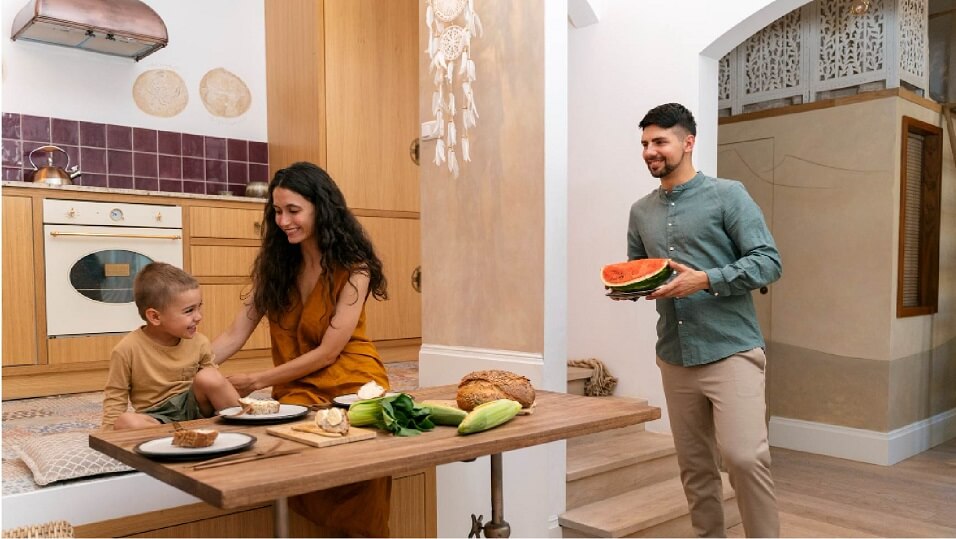
People appreciate hybrid kitchen layouts for their adaptability, versatility, and ability to meet the unique requirements of a household. These layouts combine features of traditional layouts to create a customized space that caters to diverse needs.
For a layout example, a family that enjoys casual dining in the kitchen might opt for a hybrid layout that integrates an island into an L-shaped kitchen. The island provides additional counter space for meal prep and serves as a casual dining spot, encouraging family interaction.
Or, what if you have a small space to work with?
Then perhaps, for another layout idea you may want to combine elements of a single-wall layout and a peninsula layout; the peninsula adds valuable work and storage space without enclosing the kitchen, maintaining an open feel.
How about the entertainer who loves to have people over to cook for?
Then you could combine a U-shaped kitchen with an island. This layout provides ample counter and storage space for serious cooking, while the island acts as a social hub during gatherings.
As you can see, hybrid kitchen layouts are great for their ability to create a kitchen space that is as individual as the homeowners themselves, without needing to worry if you’ve created a kitchen that will be an eyesore or disastrous to work in.
Some great hybrid kitchen layouts, include, but are not limited to;
- Peninsula or Island Style Kitchen: This hybrid layout combines elements from various kitchen layouts and adds an island or a peninsula as a central feature. In a Peninsula Style, the additional counter is connected to the rest of the kitchen, while in Island Style, the counter is free-standing. These elements add extra workspace, storage or seating area to the kitchen. The added feature can be incorporated into an L-shaped, U-shaped, or even a single-wall kitchen, increasing its functionality. For instance, in a U-shaped kitchen layout, adding an island in the center can provide additional prep space and act as a social hub during gatherings. In a small L-shaped or single-wall kitchen layout, a peninsula can create a semblance of separation between the kitchen and adjacent areas without obstructing the open space plan. These hybrid layouts are highly versatile, offering a tailored balance of functionality and aesthetics based on individual preferences and lifestyle needs.
- An open-plan kitchen is a hybrid layout that breaks down traditional walls separating the kitchen from the rest of the living space. By merging the kitchen with other areas such as the dining room or living room, it promotes a more social and fluid living experience. This layout is suitable for those who frequently entertain guests or prefer a connected household where interaction is effortless. The open-plan design may incorporate elements from other kitchen layouts like the L-shaped or the island layout, depending on the available space and homeowner’s preferences. Its hybrid nature lies in its adaptability and capacity to blend the functional aspects of a kitchen with the aesthetic and social components of other living areas.
- L-Shape with Island Layout: This layout combines the efficiency of the L-shaped design with the added functionality of an island. It allows for an open-plan design while providing additional workspace and storage.
- U-Shape with Island Layout: This layout extends the U shaped kitchen layout design with an island. The island can serve as extra prep space, a casual dining area, or additional storage.
- G-Shape Layout: This layout is essentially a U-shape layout with a peninsula. The peninsula acts as an additional countertop, providing extra workspace and storage.
- Double Island Layout: In this layout, there are two separate islands, each serving different functions. For example, one island can be used for cooking and food prep, while the other can be dedicated to dining or entertaining.
- Galley with Island Layout: This idea adapts the galley layout design by adding an island. This layout offers a significant amount of workspace and is perfect for the serious cook.
Obscure Kitchen Layouts
Ideas for Unique House Plans and Designs
I had to throw this section in here just to show you all the endless layouts and get the ideas flowing. Over the past decade or two these layouts have moved from the margins to center stage. I just googled “obscure kitchen layouts” and handpicked a few I’ve familiar with.
G-Shaped Kitchen Layout
The G-shaped kitchen layout takes the U-shape to the next level. It is a great way to maximize space and storage capacity in a small kitchen. With this design, you have two walls of cabinets and countertop with additional storage along an interior wall, creating a “G” shape. This arrangement provides ample surface area for meal prep and entertaining
Wraparound Kitchen Layout
The wraparound kitchen layout, also known as the horseshoe or U-shape kitchen layout, is often preferred by those who have larger kitchens. This design wraps two walls with cabinets and countertops with an opening on one end of the “U”. The open side is usually reserved for a dining table or island.
Corridor Kitchen Layout
The corridor kitchen layout is especially popular for small apartments or homes. This layout consists of two parallel walls and a narrow aisle between them. The length of the walls can vary, but typically it’s not more than 12 feet long. In this design, cabinets and countertops are placed on both sides of the corridor to create additional surface area. I have used this in several designs for condos.
In this next section, I pair layout ideas that work best for the style of kitchen you’re after.
Layouts by Kitchen Types
Kitchen Layout Ideas for by Kitchen Décor Style
While most people have an idea of the kitchen style they prefer, they often have trouble defining which layout is most conducive for a given kitchen type. To address this, I breakdown each type of kitchen along with their ideal layouts.
Entertainers’ Kitchen:
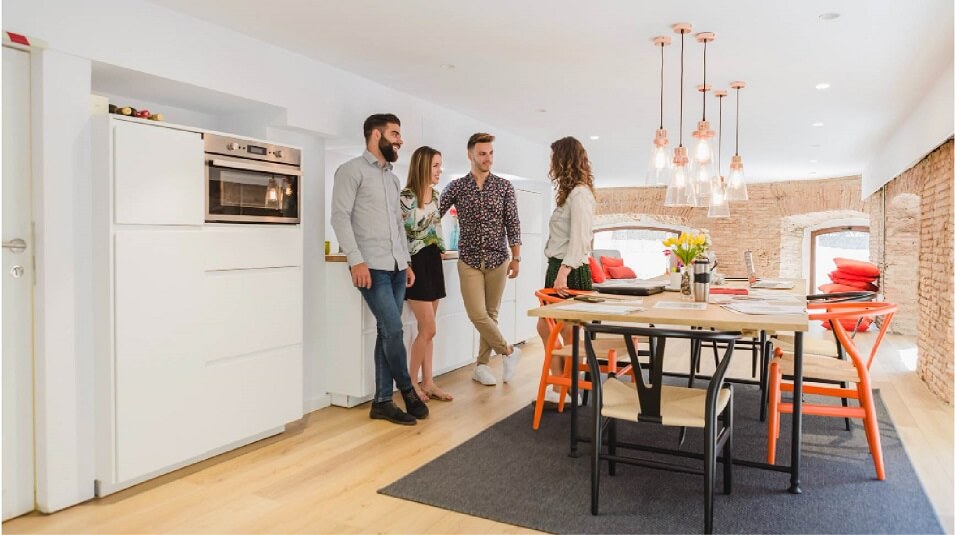
An entertainers’ kitchen is a space that is specifically designed to accommodate gatherings, whether it’s casual family meals or larger social events. The layout for an entertainers’ kitchen needs to balance functionality for cooking with the capacity for interaction and socializing.
- U-Shape with Island Layout: This layout is particularly suited for an entertainers’ kitchen. The U shape layout provides plenty of preparation and cooking space, while the island can serve as a gathering point for guests, a serving area for food, or even a casual dining spot.
- L-Shape with Island Layout: Similar to the U-Shape with Island, this layout also works well for an entertainers’ kitchen. The L shape provides an efficient workspace for the cook, and the island can again serve as a social hub where guests can gather without obstructing the working area.
- Double Island Layout: This layout is ideal for larger kitchens and offers great versatility. One island can be dedicated to food preparation and cooking, while the second island can be used for serving food, dining, or as a bar area. This separation ensures that the cooking area remains functional and unobstructed, while guests can socialize and enjoy the ambiance of the kitchen.
- G-Shape Layout: Though not as open as the above layouts, a G-Shape layout can also work for an entertainers’ kitchen if one side of the “G” is kept open as a bar or serving area. The continuous counter space makes it easy for multiple people to work in the kitchen at the same time, which can be beneficial during larger gatherings.
These layout options create a welcoming and functional space that encourages social interaction while still allowing for effective cooking and preparation, making them ideal choices for an entertainers’ kitchen.
Family Kitchen:

A family kitchen is designed with the needs of a busy household in mind. It usually incorporates an eating area, plenty of storage and is built for durability and easy cleaning.
A family kitchen needs to accommodate diverse needs, from cooking and dining to homework and socializing.
These layouts work particularly well for these multifunctional spaces:
- L-Shape with Island Layout: This layout is family-friendly, offering plenty of counter space for meal prep and an island that can double as a homework station or casual dining spot. The open design allows for easy movement and interaction within the space.
- U-Shape with Island Layout: The U-Shape provides a generous amount of counter and storage space, essential for a busy household. The inclusion of an island provides an additional area for family members to gather and participate in kitchen activities.
- Double Island Layout: For larger families or those with a spacious kitchen, a double island layout offers maximum versatility. One island can be dedicated to cooking and preparation, while the other can serve as a dining area, homework station, or socializing spot.
- G-Shape Layout: A G-Shape layout provides ample counter space and the possibility of a breakfast bar on one leg of the “G”. This design can effectively separate the cooking area from the rest of the kitchen, keeping children away from potential hazards while still allowing them to be part of the activity.
The layout ideas above are great for creating balance between functionality for cooking and versatility for other activities, making them ideal for a family friendly kitchen.
Compact Kitchen:
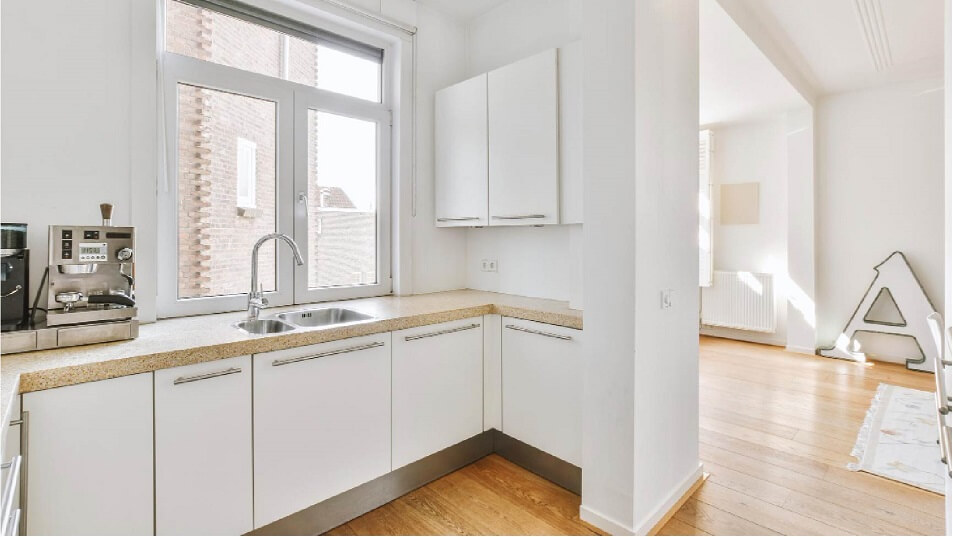
This layout is designed for smaller spaces, such as apartments or studios. It incorporates space-saving appliances and storage solutions to maximize functionality.
A compact kitchen requires a layout that maximizes functionality within a limited area.
Here are some kitchen layouts that are particularly effective for small spaces:
- One-Wall Layout: The single wall kitchen layout is the ultimate space-saver. All of the kitchen’s functions – cooking, cleaning, and storage – are managed on a single wall. This leaves the rest of the space open for dining or living areas. Despite its simplicity, it can be highly functional with the right choice of compact appliances.
- Galley Layout: Also known as a walk-through kitchen, this layout consists of two parallel runs of cabinets, making efficient use of a narrow space. This layout focuses on functionality and accessibility, with appliances and storage within easy reach.
- U-Shape Layout: If the compact kitchen is wide enough, a U-Shape layout can be an excellent choice. It provides a great deal of storage and counter space, with everything within a few steps.
- L-Shape Layout: An L-Shape layout can effectively utilize corner spaces, making it a great solution for small kitchens. It creates a functional work triangle and leaves room for a small dining area.
Chef’s Kitchen:
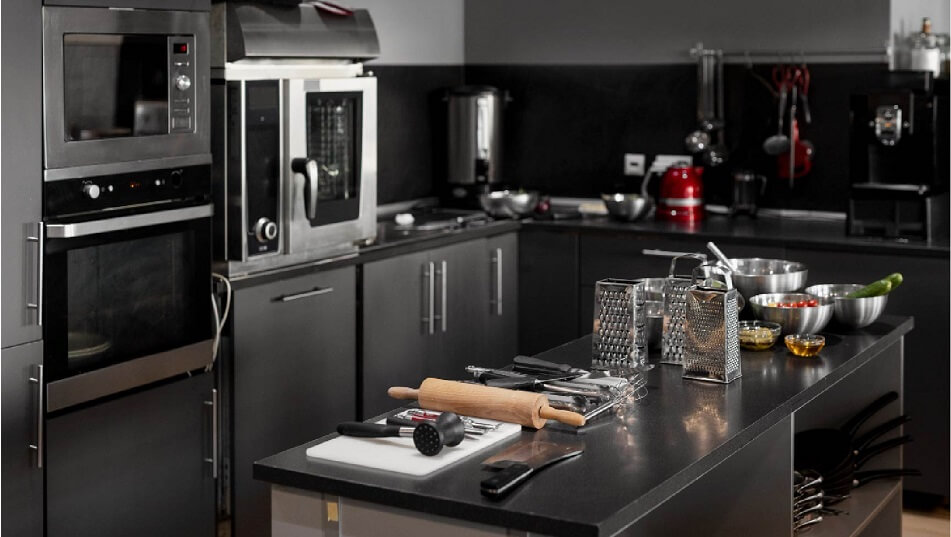
Often seen in high-end homes, gourmet kitchens are equipped with professional-grade appliances and plenty of prep space for serious home cooks or caterers.
A Chef’s kitchen demands a layout that prioritizes efficiency, flow and access to professional-grade appliances and ample prep spaces.
Here are some kitchen layouts that work particularly well for this type of kitchen:
- U-Shape with Island Layout: This layout offers an abundance of counter space and storage, which is crucial for a chef’s kitchen. The island can serve as a central prep area or house a secondary sink or cooktop.
- Double Island Layout: This layout suits expansive kitchens, offering a division of labor. One island can function as the primary prep area with a sink, while the other can house a range or serving area. It allows for more efficient workflow, especially when multiple chefs are working.
- One-Wall Layout with Island: For a more modern and minimalist chef’s kitchen, a one-wall layout with an island provides a seamless flow from the prep area to the cooking station. The island can be equipped with a sink or cooktop, allowing the chef to engage with guests while cooking.
- G-Shape Layout: The G-Shape layout is ideal for a chef’s kitchen as it gives the chef their own dedicated space where they can prep, cook, and clean without interruption. The addition of a high-end range and refrigerator along the “G” enhances workflow efficiency.
Country /Farmhouse Kitchen:
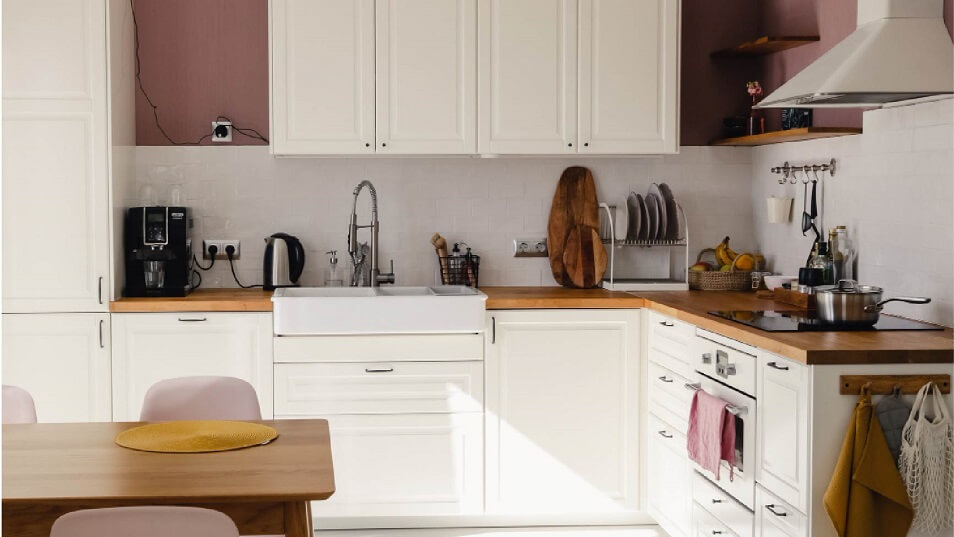
This type of kitchen layout embraces aesthetic elements of rural life, and often includes features like open shelves, traditional finishes, and large farmhouse-style sinks.
A country kitchen exudes warmth and charm, with design elements that enhance a rustic, farmhouse style.
Here are some kitchen layouts ideal for a country kitchen:
- L-Shape with Island Layout: The L-shape layout is conducive to a warm, inviting atmosphere, with the center island serving as a gathering point. It also provides ample space for displaying country-style decor and accessories.
- U-Shape Layout: This layout offers extensive counter space for cooking and baking, which are often central activities in a country kitchen. The openness of the U-Shape layout also accommodates traditional country elements such as a farmhouse sink or freestanding furniture.
- Galley Layout: The galley kitchen layout, reminiscent of country cottages, is a practical choice that makes efficient use of space. This layout is ideal for incorporating open shelving, a hallmark of country kitchen design.
- One-Wall Layout: For smaller country kitchens, a one-wall layout can maintain a cozy and charming atmosphere while maximizing functionality. This layout can uphold the country aesthetic with features like a vintage-style range or open shelving.
Eco-Friendly Kitchen:
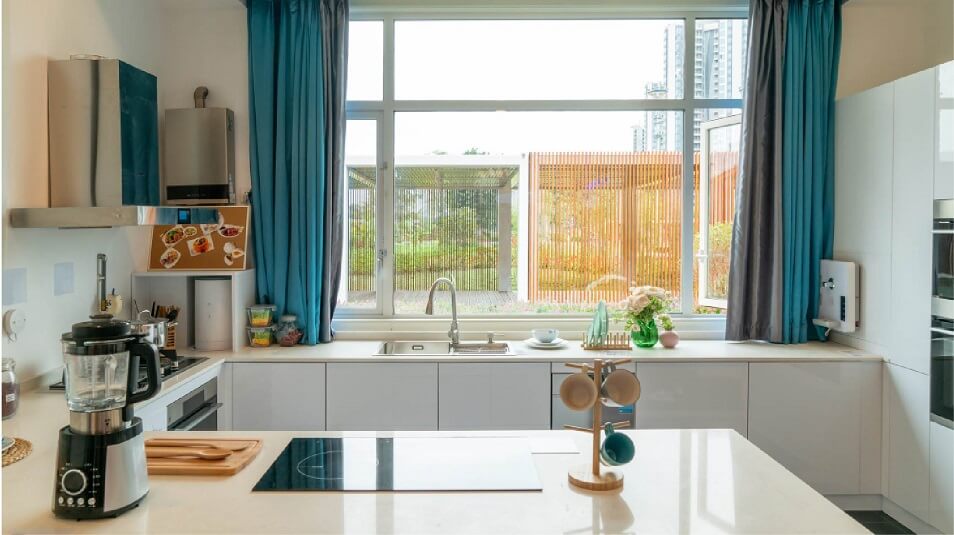
These are designed with sustainability in mind, including energy-efficient appliances, reclaimed or sustainable materials, and a layout that maximizes natural light.
An eco-friendly kitchen requires a layout that incorporates natural light, optimizes energy usage, and provides space for recycling and composting.
Here are some layouts that work well for eco-friendly kitchens:
- L-Shape Layout: This layout works well with windows on one or two sides, maximizing natural light. Additionally, the L-Shape layout easily accommodates a recycling center within the cabinetry without taking up valuable floor space.
- U-Shape with Island Layout: The island can be made of reclaimed or sustainable materials, reducing the kitchen’s environmental footprint. The U-Shape layout also allows for the easy integration of energy-efficient appliances.
- One-Wall Layout: This layout minimizes the usage of materials and leaves ample space for a compost bin or indoor herb garden. The simplicity of the one-wall layout also encourages less clutter and more efficient use of appliances.
- Galley Layout: Known for its efficient use of space, the galley kitchen layout is ideal for incorporating energy-efficient appliances and abundant storage for reusable items like jars and cloth bags.
Modern Kitchen:
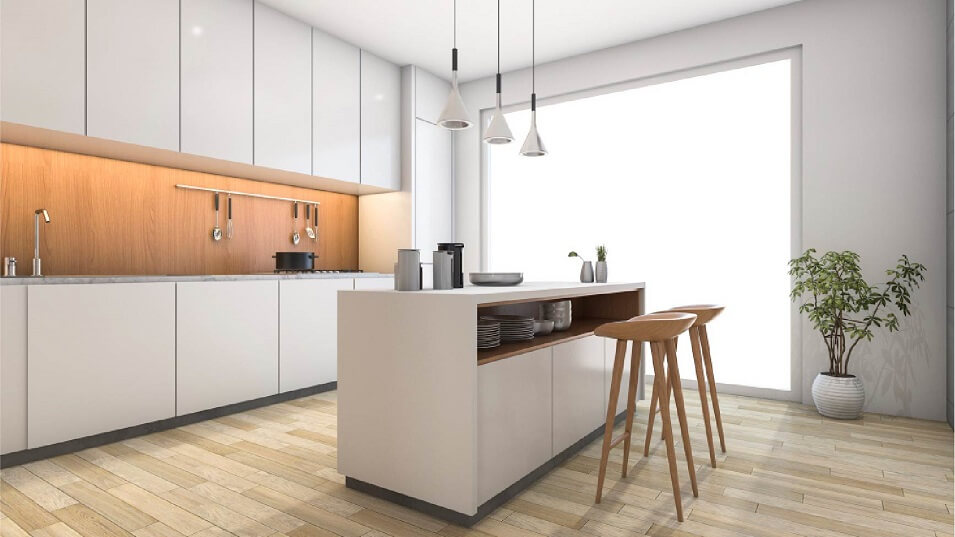
Modern kitchens are characterized by sleek lines, minimalist designs, and innovative appliances. They often feature high-gloss finishes and the latest in kitchen technology.
A modern kitchen prioritizes sleek design, functionality, and advanced technology.
Here are some kitchen layouts that perfectly align with a modern kitchen aesthetic:
- One-Wall Layout with Island: The one-wall layout with an island is a popular choice for modern kitchen designs. Its simplicity highlights the minimalist aesthetic, while the island can serve as an area for casual dining or additional prep space, often housing a cooktop or an extra sink.
- Galley Layout: The galley layout, known for its efficiency, fits well into the modern kitchen philosophy. This layout, characterized by its parallel countertops, allows for a smooth workflow and can showcase high-gloss cabinetry and state-of-the-art appliances.
- U-Shape with Island Layout: The U-Shape layout provides a clear and unobstructed pathway, important for the modern kitchen style. An island in the center can house a state-of-the-art cooktop or innovative pop-up outlets for added convenience.
- L-Shape with Island Layout: This layout is ideal for integrating modern amenities. The L-Shape offers plenty of storage for integrating smart kitchen gadgets, while the island can function as a modern focal point in the room.
Traditional Kitchen:
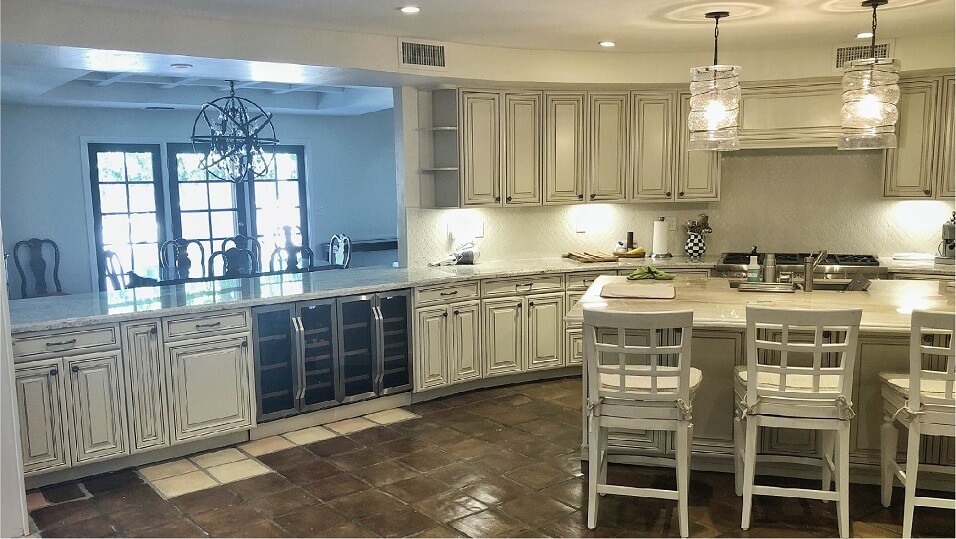
This design favors a more classical look, often incorporating wooden cabinets, ornate moldings and a warm color palette.
A traditional kitchen echoes classic style with an emphasis on detail and a warm, welcoming atmosphere.
Here are some kitchen layouts suited for a traditional kitchen:
- U-Shape Layout: The U-Shape layout offers an abundance of counter space for meal prep and can accommodate heavier, ornate elements of traditional design like a large range or a farmhouse sink.
- L-Shape with Island Layout: This layout offers ample room for classical features like an island with intricate woodwork or a chandelier overhead. It also provides a cozy, enclosed atmosphere typical of traditional design.
- G-Shape Layout: The G-Shape layout, or a peninsula, is ideal for traditional kitchens as it can serve as a secondary dining or gathering spot, in line with the inviting nature of traditional design.
- One-Wall Layout: Although not as common in traditional kitchens, a one-wall layout can work if space is limited, incorporating elements such as open shelving for displaying china or a vintage-style range.
Each of these various kitchen layouts embodies the character and warmth of a traditional kitchen, making them excellent choices for those seeking a classical and cozy kitchen design.
Rustic Kitchen:
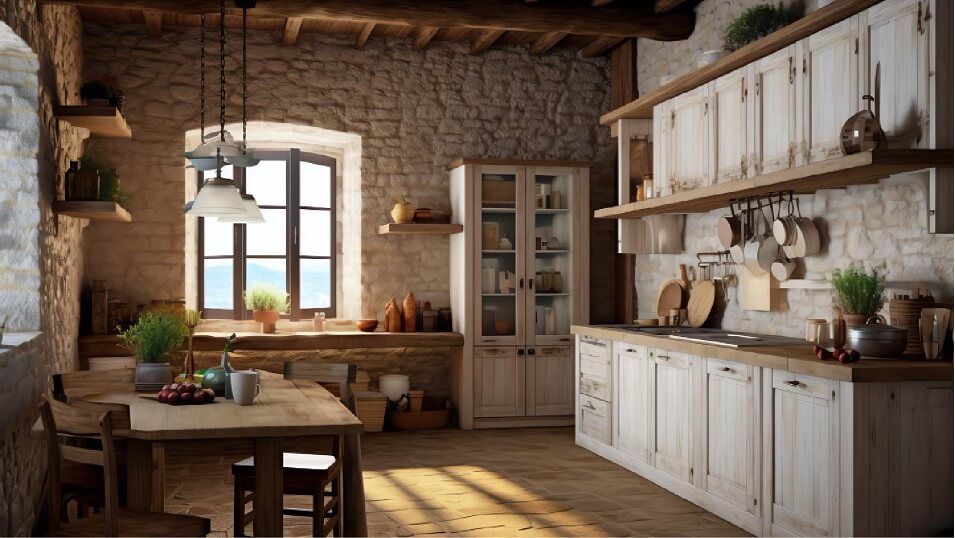
Rustic designs draw inspiration from nature, featuring rough-hewn woods, stone, and other organic materials. This layout might include a large fireplace and heavy wooden beams.
A rustic kitchen reflects a love for nature through the use of organic and raw materials, often creating a warm, inviting ambiance.
Among the various kitchen layouts, the following are particularly well suited for a rustic kitchen design:
- U-Shape Layout with Island: The U-Shape layout provides ample space for incorporating natural elements like a stone backsplash or a wooden, butcher-block countertop. An island in the center can be made from reclaimed wood to enhance the rustic charm.
- L-Shape Layout: The L-Shape layout works well with rustic design, offering ample wall space for showcasing wooden cabinetry and open shelves for displaying pottery or earthenware.
- One-Wall Layout: The one-wall layout celebrates simplicity and minimalism, allowing the natural beauty of raw materials to shine. This could include a wooden countertop, a stone wall, or copper kitchen accessories.
- G-Shape Layout: The G-Shape layout, also known as a peninsula, is a great choice for rustic kitchens as it provides a cozy corner for a dining area, often featuring a bench made of reclaimed wood or a natural stone tabletop.
Outdoor Kitchen:
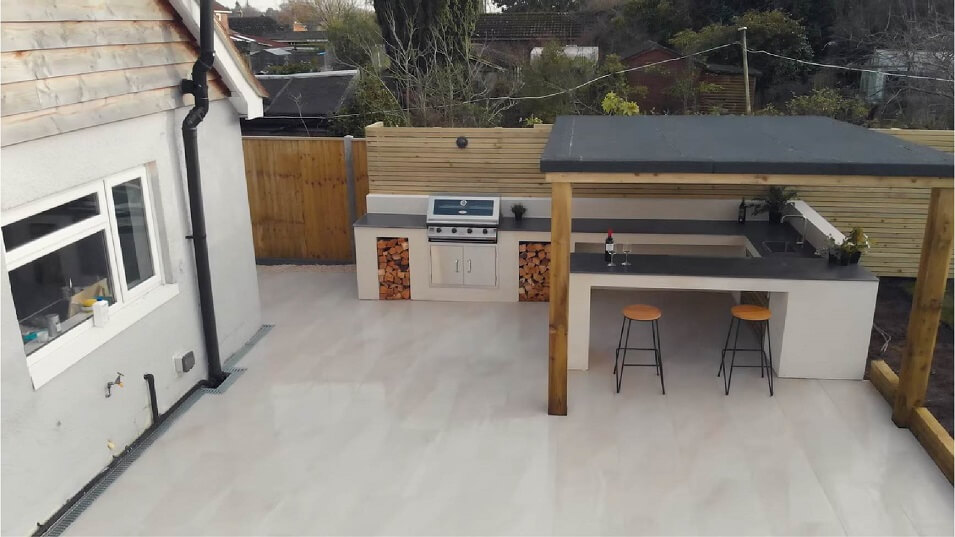
An outdoor kitchen is designed to make cooking and dining al fresco easier and more enjoyable. It often includes a grill, sink, and prep area, as well as outdoor dining furniture.
An outdoor kitchen offers a unique experience of preparing and enjoying meals in the open air. Here are some kitchen layouts that are ideal for an outdoor setting:
- L-Shape Layout: The L-Shape layout is perfect for outdoor kitchens, providing distinct zones for cooking, prepping, and dining. This layout offers plenty of space for grilling stations, sinks, and outdoor refrigerators, while still leaving space for dining sets.
- U-Shape Layout: The U-Shape layout is another excellent option, providing ample counter space around the chef, making it easy to access the grill, sink, and prep area without having to move around too much.
- Straight Line Layout: This layout works well for smaller outdoor spaces, placing all essential components along a single wall or countertop. It’s simple and efficient, making it easy to cook and serve without needing much space.
- Island Layout: An island layout is a popular choice for outdoor kitchens. It functions as the hub of the kitchen, housing the grill, sink, and prep area, while also serving as a bar where guests can gather and socialize.
Outdoor layouts are typically not limited on space so they maximize functionality in an outdoor kitchen, creating a space that is not only practical for cooking but also perfect for socializing and enjoying the great outdoors.
Final Thoughts
It’s important to underscore that working within the parameters of a proven kitchen layout does not stifle creativity; rather, it enhances it.
These layouts serve as a inspirational blueprint; guiding the use of space in a way that maximizes efficiency and flow, while still leaving ample room for personal touches and unique design elements.
The established layout ideas we’ve reviewed give you the foundation you need to design your kitchen, or to work from in creating your individual style, whether it be modern, traditional, rustic, or designed for outdoor use. Far from being restrictive, these tried-and-true layouts provide a launching pad from which your creativity can truly soar, resulting in a space that is both functional and reflective of your personal aesthetic.
For any additional questions or if you need assistance in designing your new kitchen, reach out to myself, Jeff Hunt, owner of Hunt’s Kitchen Design. Our expert team in Scottsdale, AZ, is ready to help you create a space that reflects your style and meets your unique needs. Our passion is to bring your dream kitchen to reality.

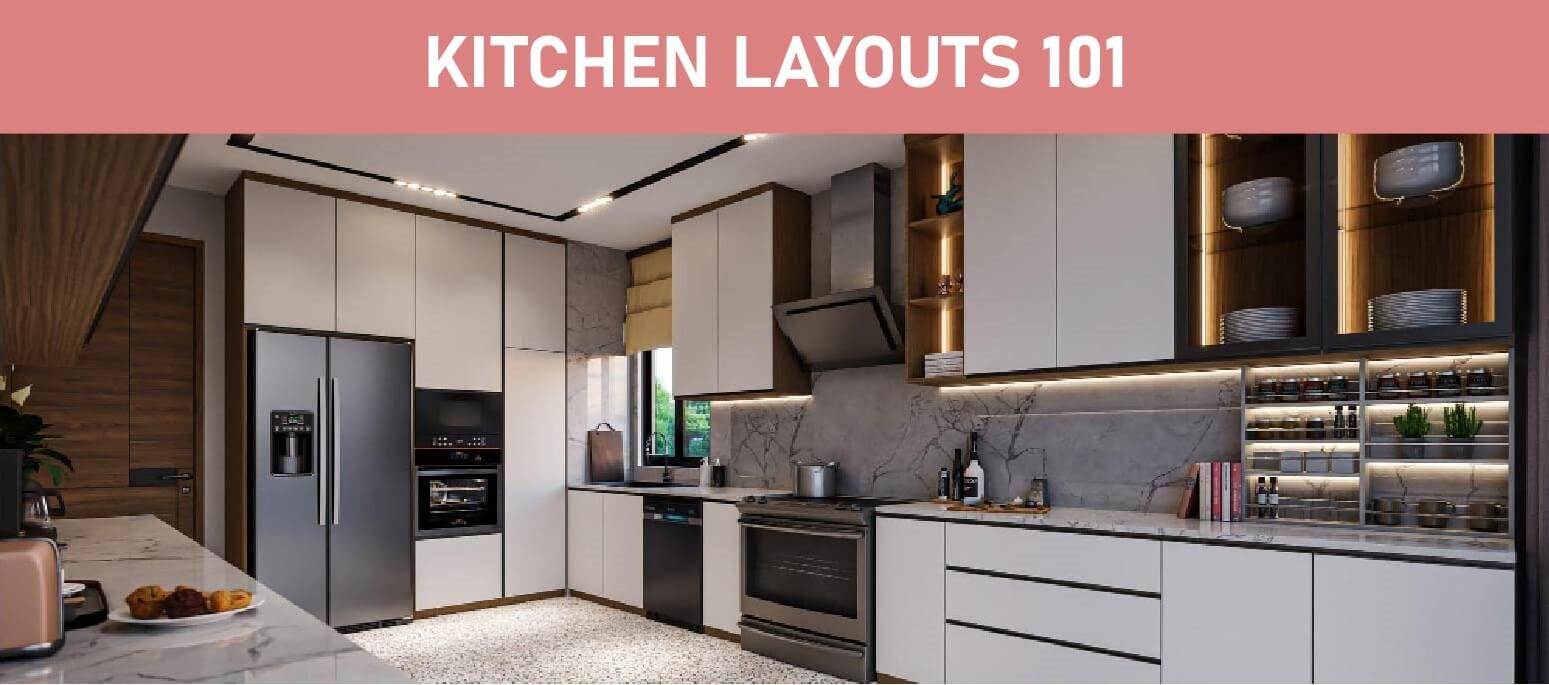
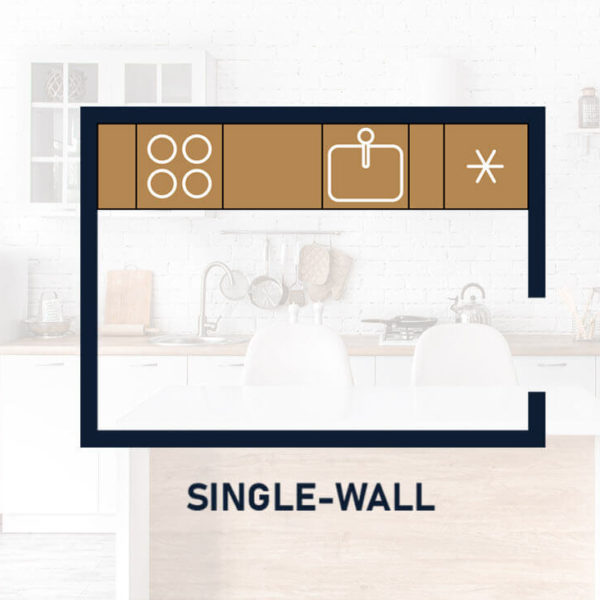
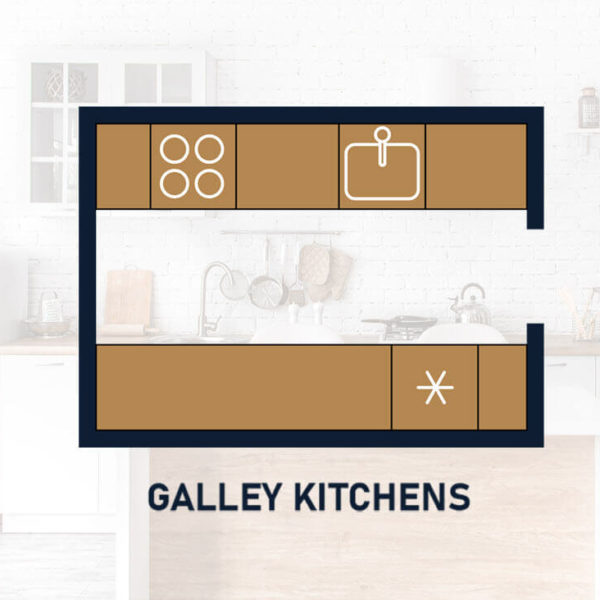
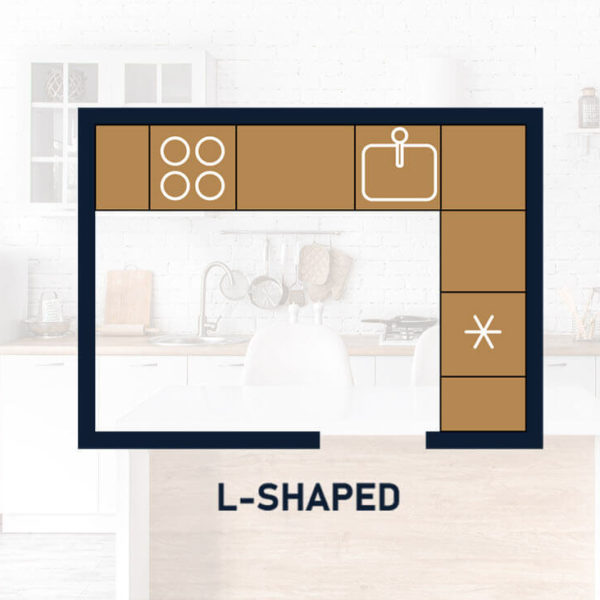
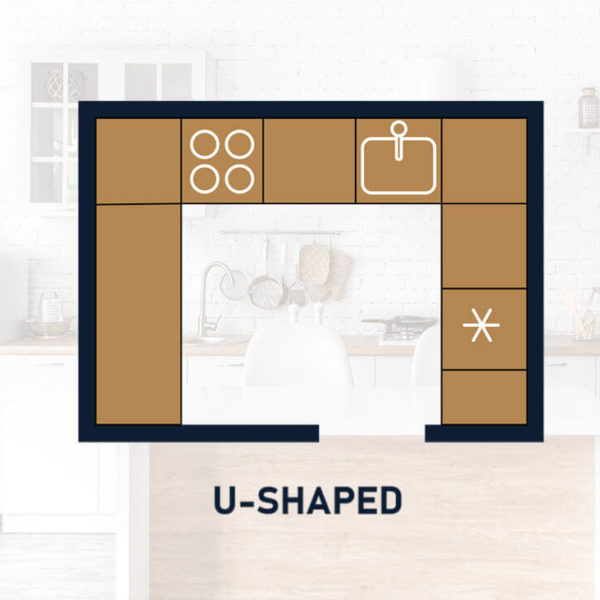
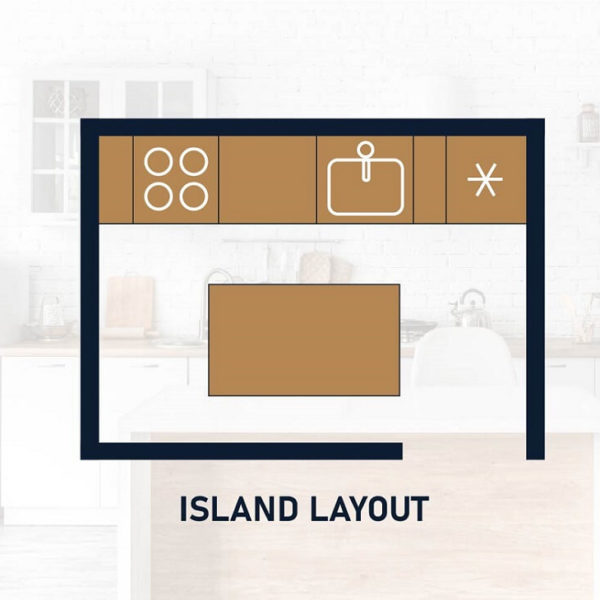
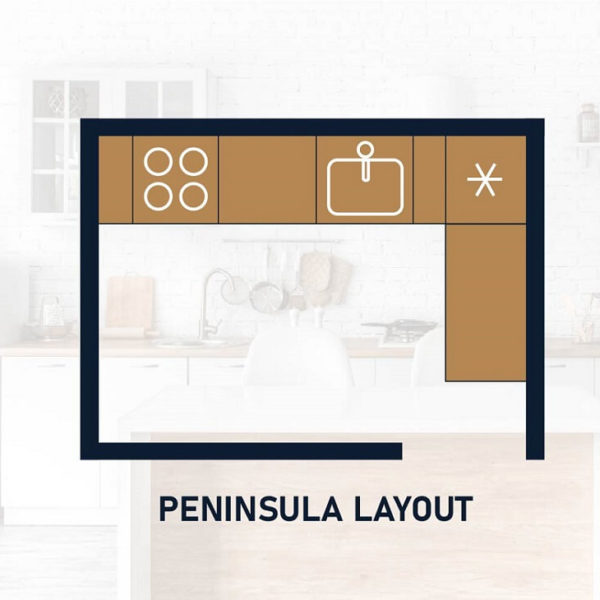
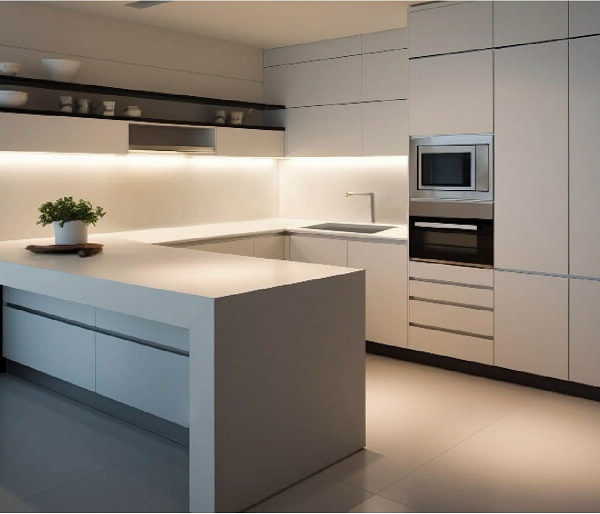
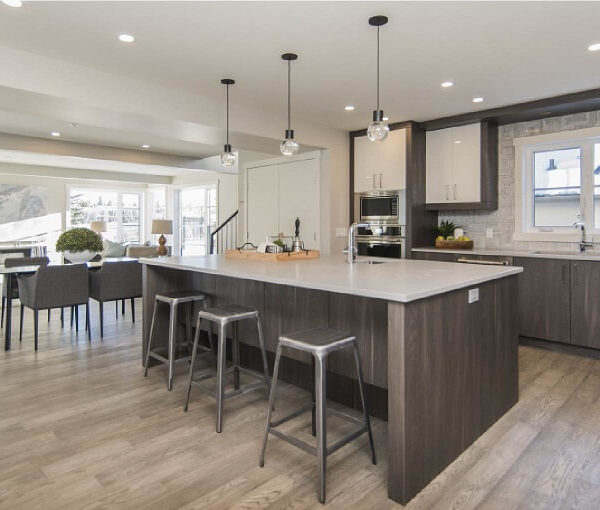
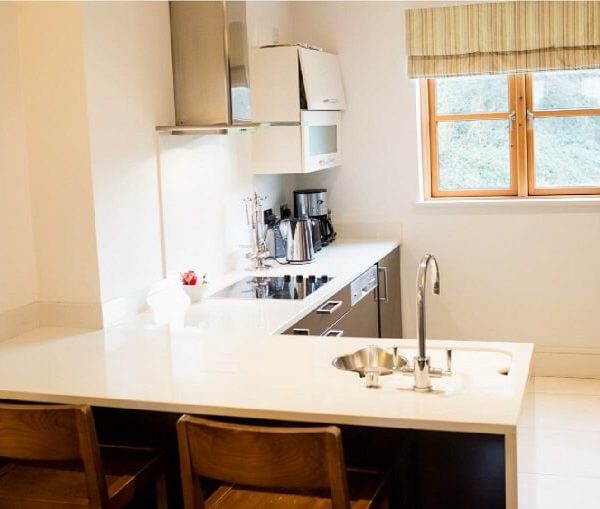
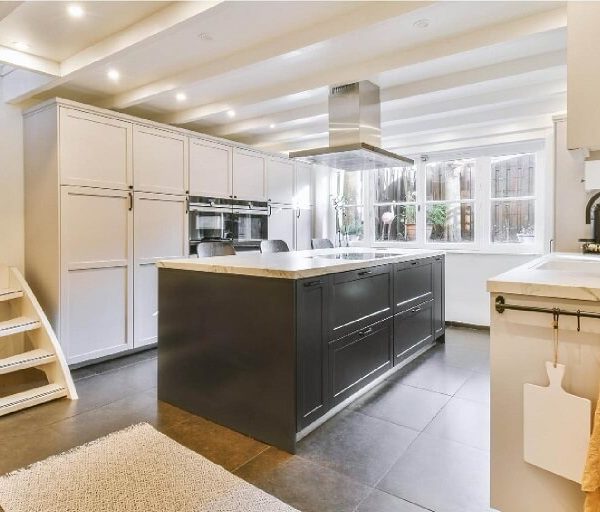
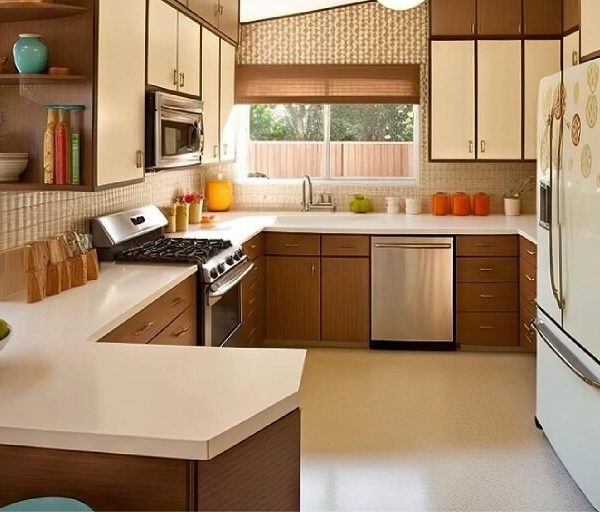
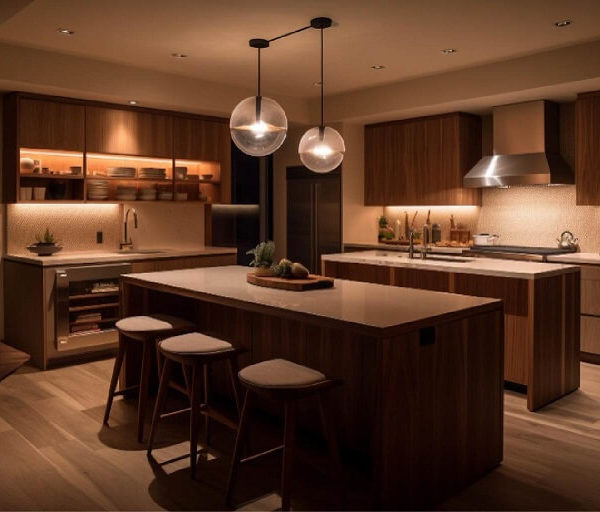
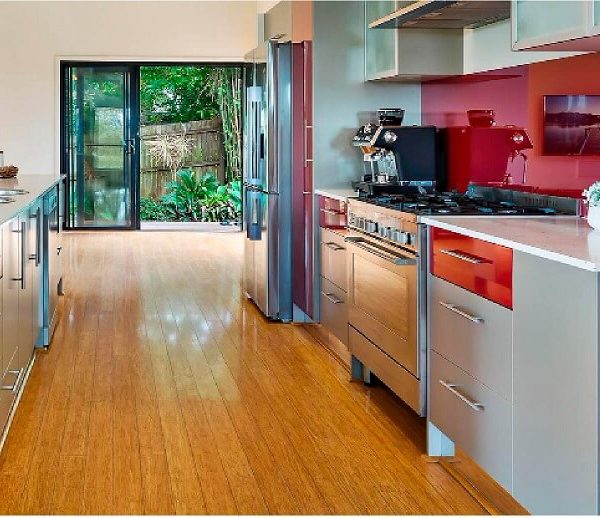
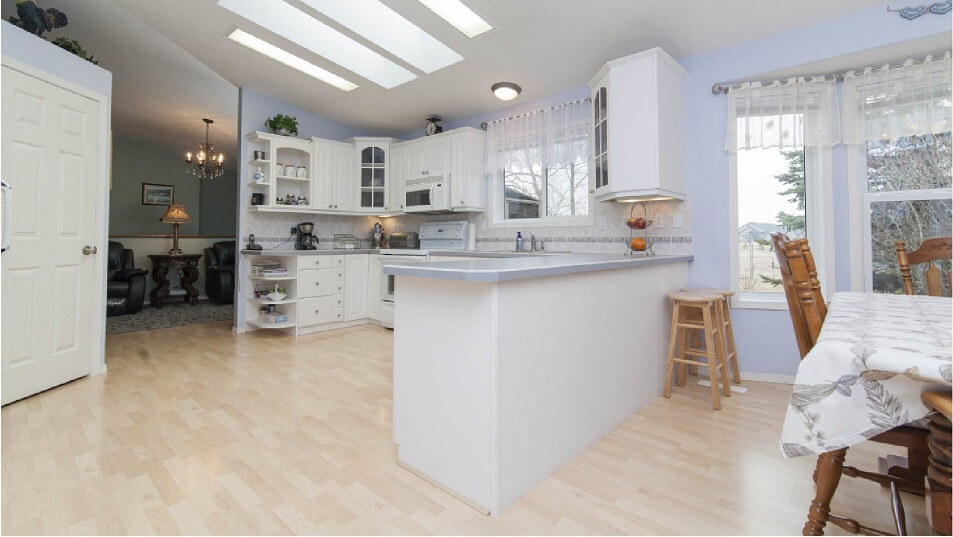
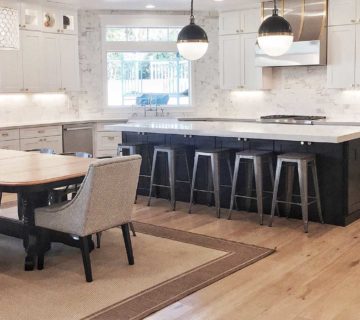
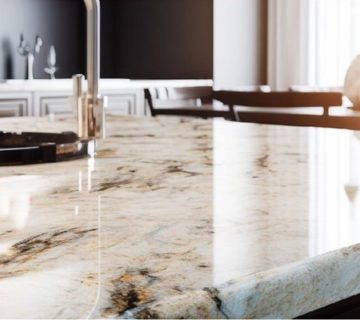

No comment